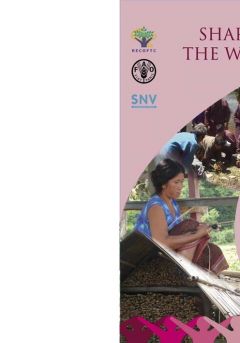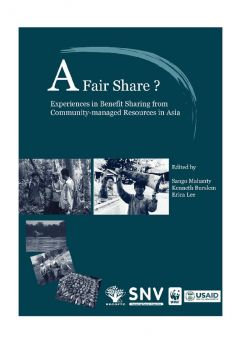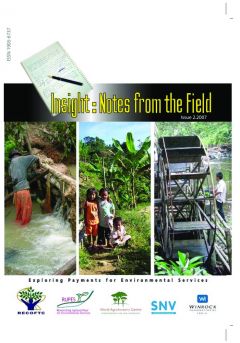Multifunctional forestry practices as a land use strategy to meet increasing private and public demands in modern societies
The present distribution of forests and the degree of their transformation by man are the results of natural factors and cultural development. The limit between forested areas and open spaces, as well as differences between intensively used forests and those showing small or no traces of human intervention, is determined by social needs and values, economic opportunities and political regulations. Forests are currently perceived by the population as physical and social spaces profoundly influenced by timber use and forest management.









